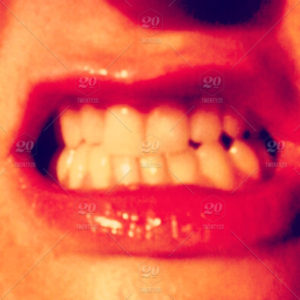Bruxism? What is it? How symptoms can be relieved!
Bruxism is simply excessive teeth grinding or jaw clenching. The teeth are not supposed to be touched or in contact all of the time and they should only briefly touch when you swallow or chew. This repeated force of the teeth touching can wear down the tooth’s surface which we refer to as the enamel. The enamel is the outer layer of the tooth and it is made up of minerals. Once this layer is disrupted from excessive clenching or grinding the enamel is worn and the body does not make more to replace it.
How can I tell if I am grinding my teeth?
You may not know initially that you are grinding your teeth while you are asleep. Your partner or someone else may bring it to your attention. Typically grinding noises may be heard or your body may signal other clues that indicate there is an underlying issue. These may include morning dull headaches, jaw muscles that are painful or tight, trouble opening the mouth wide, pain in the face or broken dental fillings. Tooth wear is also generally visible to your dentist at your check-up so it’s important to visit your dentist regularly as this may be the only way bruxism may be detected.The condition not only effects adults with around 30 % of children also falling into the category.
How can Bruxism be treated? There are various treatments that are available including stress or anxiety management techniques, treating associated disorders, sleep related disorders or underlying medical conditions.
There are various treatments that are available including stress or anxiety management techniques, treating associated disorders, sleep related disorders or underlying medical conditions.
Dental approaches may include splints and mouth guards that are designed to keep the teeth separated which aids in avoiding the damage to the tooth enamel caused by clenching and grinding.Dental correction may be required for more severe cases were the wear on the tooth surface has left sensitivity to the remaining area and may need to reshape using crowns.
All of your concerns great or small can be mentioned to your Dentist and please contact the practice to book an appointment or discuss further! 32030162
